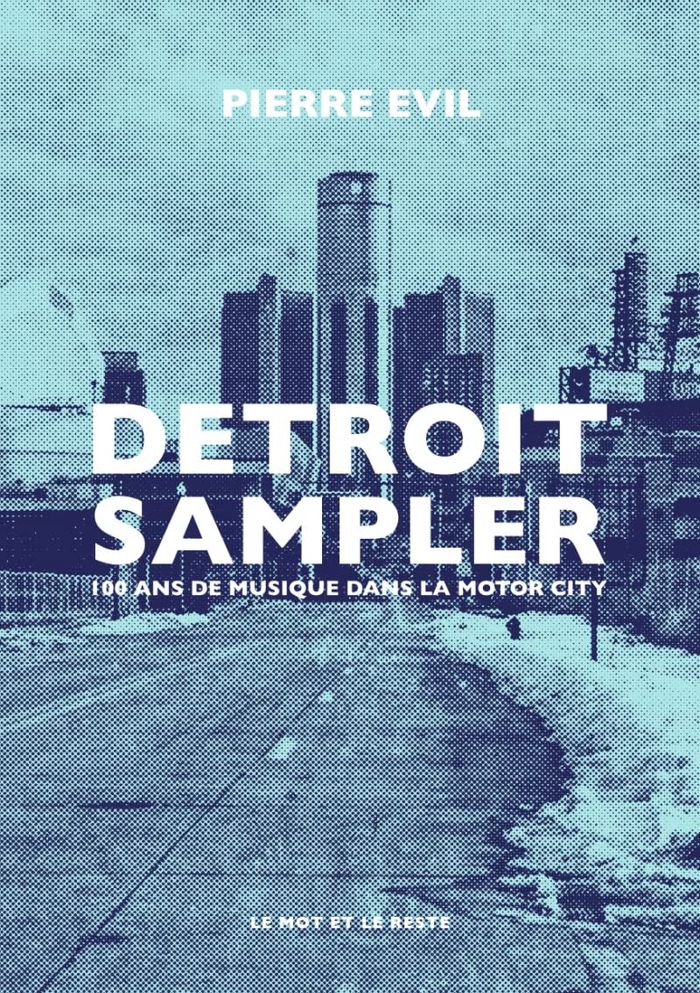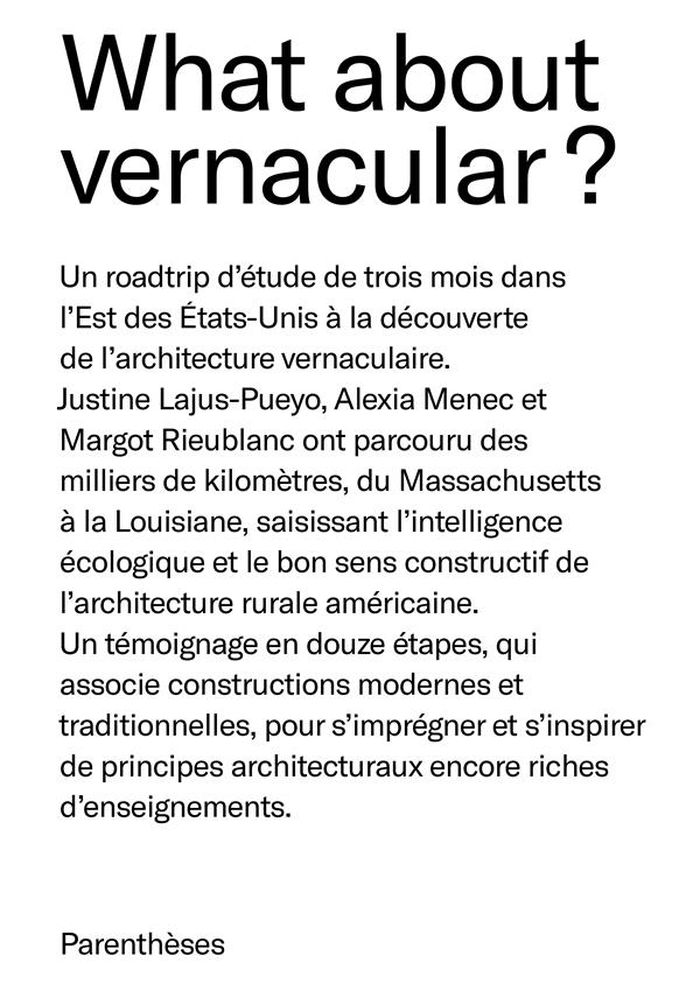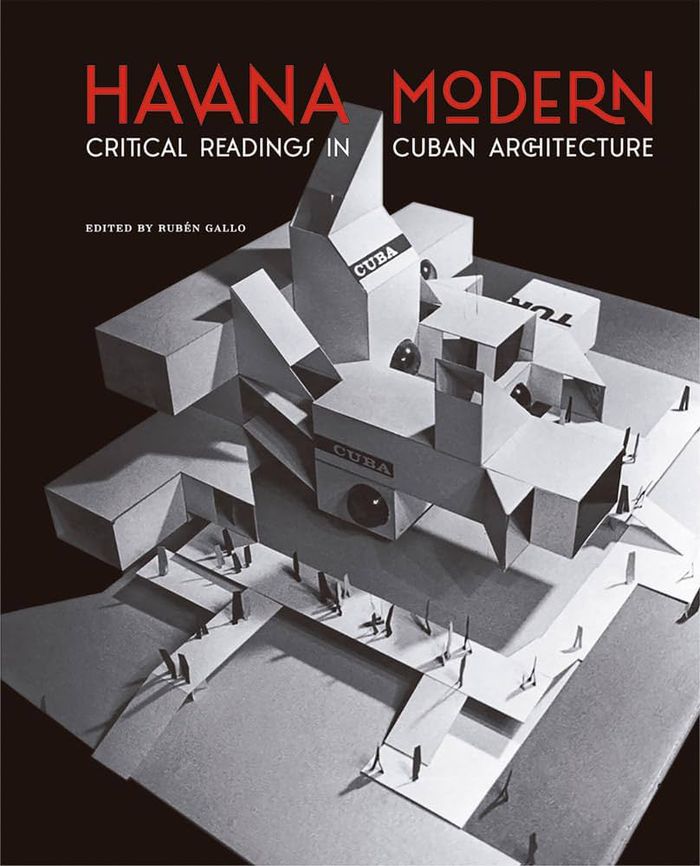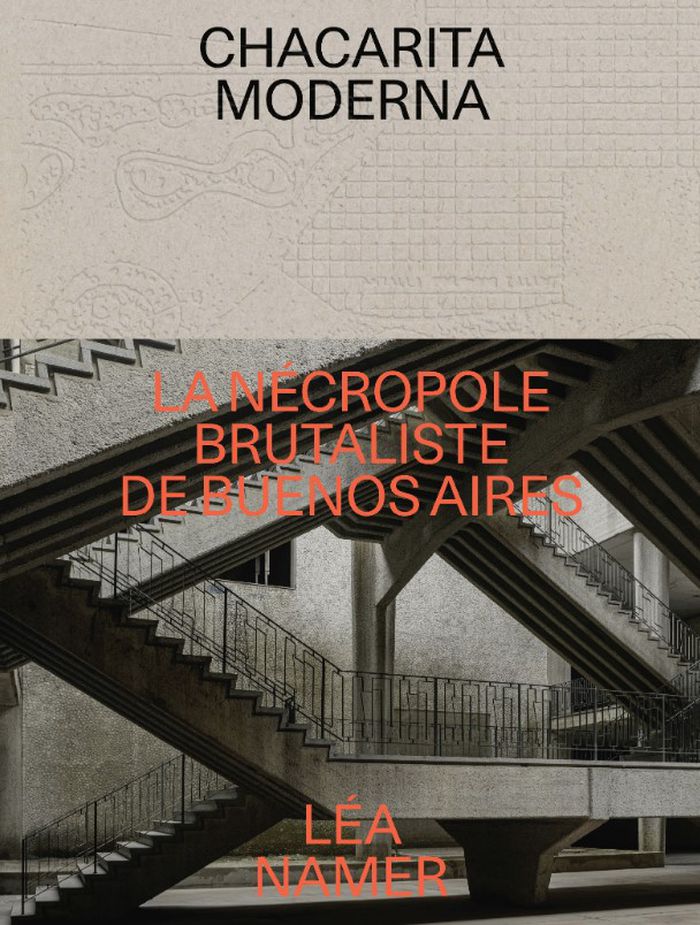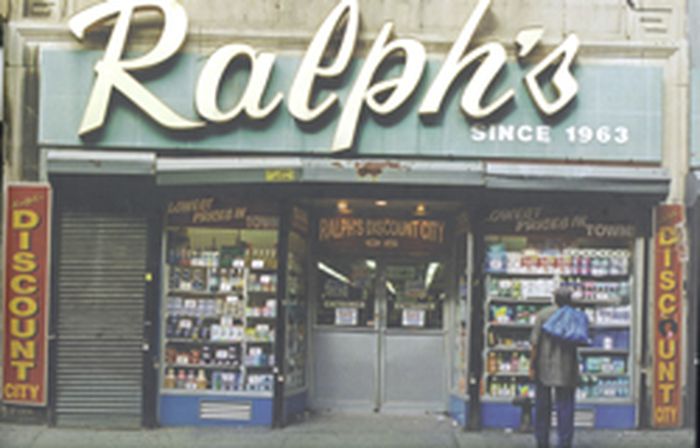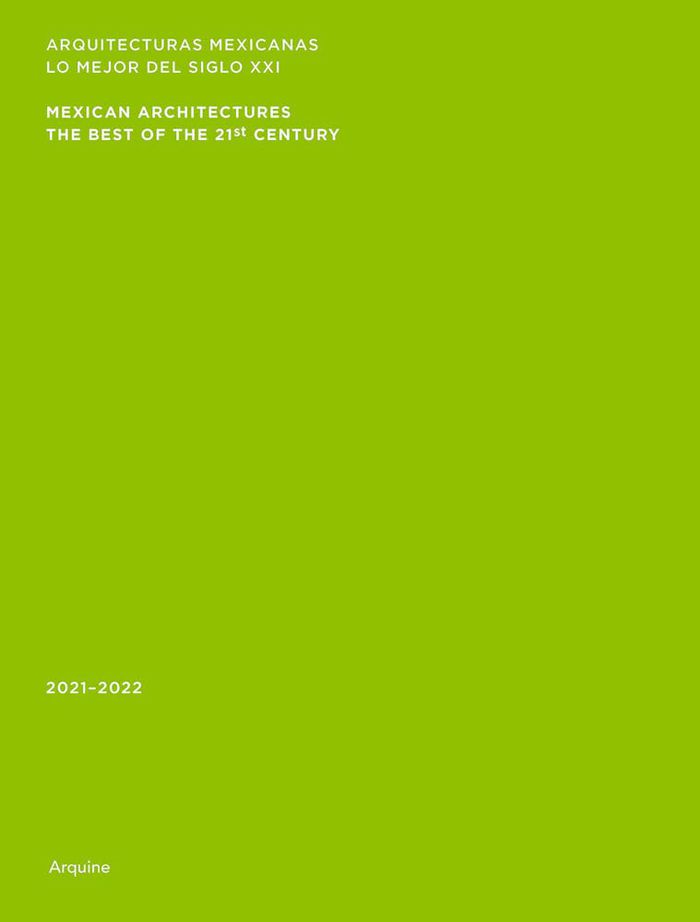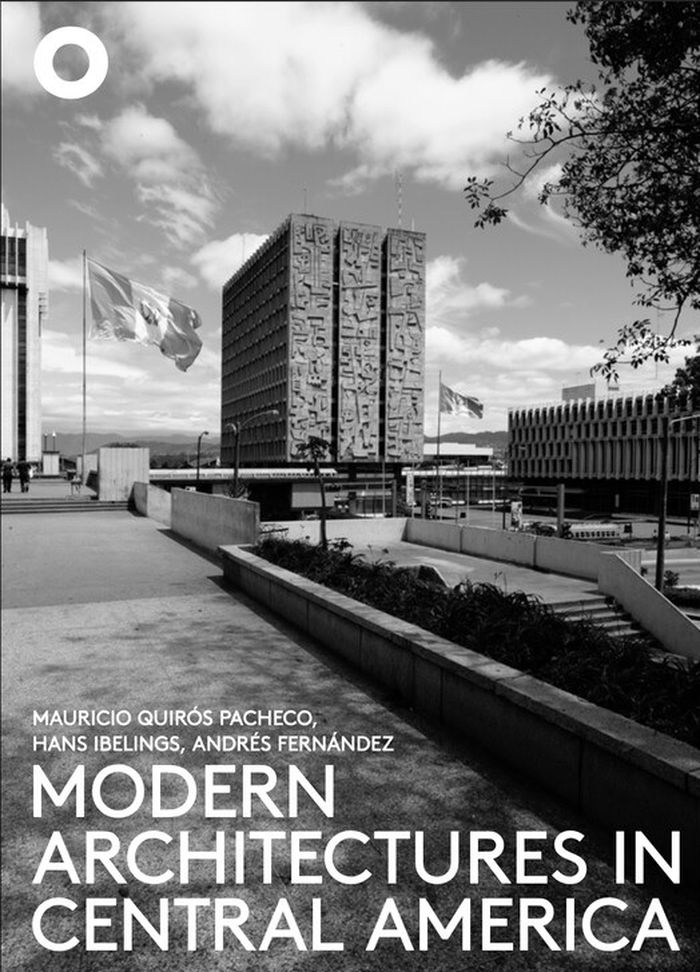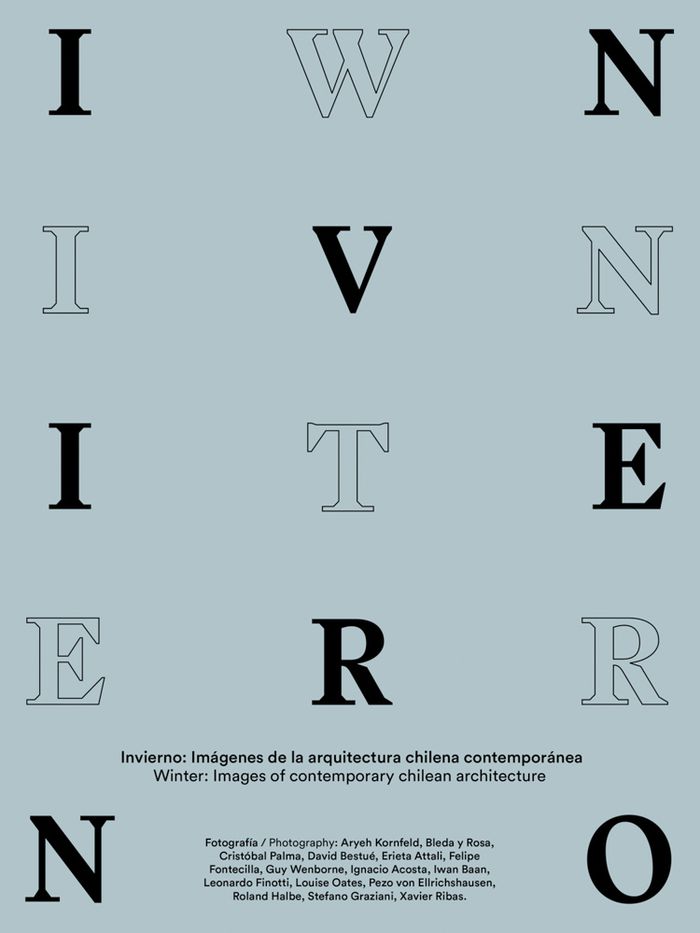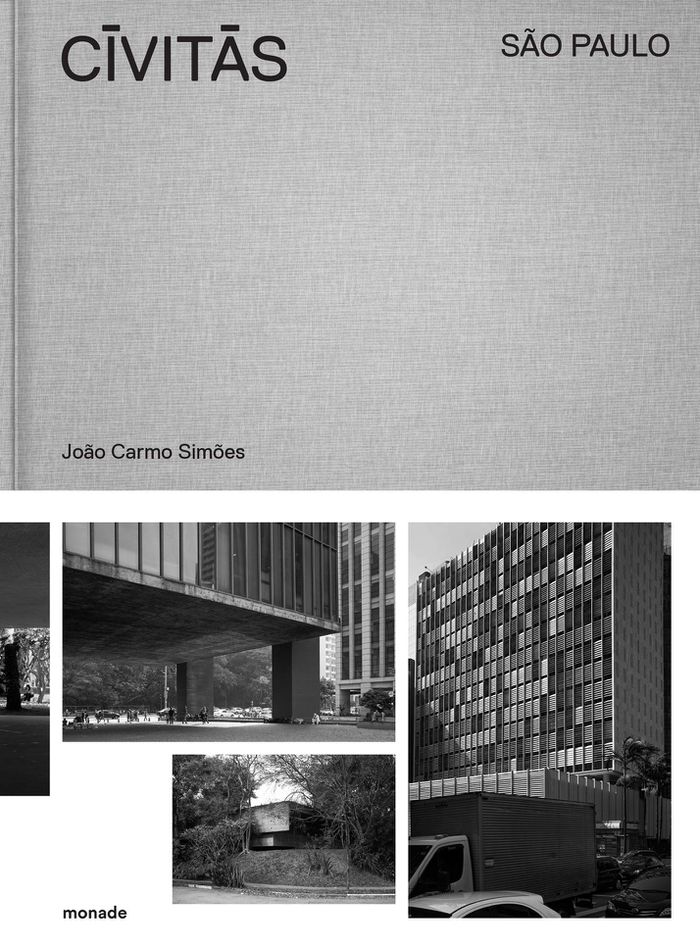$59.95
(disponible sur commande)
Résumé:
Detroit. Motor City. Ce nom est depuis cent ans le synonyme de l’industrie automobile américaine. Mais dans la musique, il signifie Haute Énergie, Usine à hits, P-Funk, techno et rap. Il évoque John Lee Hooker et Iggy Pop, Marvin Gaye et Jeff Mills, Bob Seger et George Clinton, Jack White et Eminem. Il embrasse toute l’histoire de la musique américaine, des big bands(...)
Detroit sampler: 100 ans de musique dans la Motor City
Actions:
Prix:
$59.95
(disponible sur commande)
Résumé:
Detroit. Motor City. Ce nom est depuis cent ans le synonyme de l’industrie automobile américaine. Mais dans la musique, il signifie Haute Énergie, Usine à hits, P-Funk, techno et rap. Il évoque John Lee Hooker et Iggy Pop, Marvin Gaye et Jeff Mills, Bob Seger et George Clinton, Jack White et Eminem. Il embrasse toute l’histoire de la musique américaine, des big bands swing qui soulevaient des ballrooms parmi les plus grandes du pays aux soirées électroniques qui faisaient vibrer les murs des friches industrielles, en passant par les shows télévisés prestigieux de Motown, le chaos des soirées psychédéliques des années de braise des seventies et la brutalité du hardcore enragé des années Reagan. Un siècle de musiques où Detroit a toujours été à l’avant-garde des musiques populaires. Cet ouvrage raconte une épopée de vinyle, de furie et d’électricité.
What about vernacular ?
$59.95
(disponible sur commande)
Résumé:
Cet un ouvrage est issu d’un roadtrip d’étude de trois mois, mené par trois jeunes femmes architectes, dans l’Est américain. Il rend compte de leur périple et présente douze thématiques qui regroupent constructions traditionnelles et contemporaines, témoignant toutes d’un «bon sens» constructif et écologique. Le livre rend compte de leur découverte in situ de modèles(...)
What about vernacular ?
Actions:
Prix:
$59.95
(disponible sur commande)
Résumé:
Cet un ouvrage est issu d’un roadtrip d’étude de trois mois, mené par trois jeunes femmes architectes, dans l’Est américain. Il rend compte de leur périple et présente douze thématiques qui regroupent constructions traditionnelles et contemporaines, témoignant toutes d’un «bon sens» constructif et écologique. Le livre rend compte de leur découverte in situ de modèles architecturaux redevenus inspirants par les savoir-faire artisanaux convoqués, la beauté naturelle des matériaux utilisés et l’absence de défi technologique. Leur travail fait ressortir d’une part la nécessité de prendre le temps de regarder pour comprendre et sentir les lieux, et celle de se constituer une sorte de «bibliothèque» de sensations, et d’autre part les vertus formatrices des voyages, sources de rencontres, d’échanges et d’expériences dynamisantes.
$50.50
(disponible en magasin)
Résumé:
In the decades after World War II, from just prior to the revolution and into the mid-1980s, modernist architecture blossomed in Cuba, attracting both native talent and leading international architects from Europe. Havana Modern examines Cuban modernism’s highlights with a wealth of archival materials, photos and new scholarship. Edited by Rubén Gallo—author of Mexican(...)
Havana modern: Critical readings in Cuban architecture
Actions:
Prix:
$50.50
(disponible en magasin)
Résumé:
In the decades after World War II, from just prior to the revolution and into the mid-1980s, modernist architecture blossomed in Cuba, attracting both native talent and leading international architects from Europe. Havana Modern examines Cuban modernism’s highlights with a wealth of archival materials, photos and new scholarship. Edited by Rubén Gallo—author of Mexican Modernity (2005), Freud’s Mexico (2010) and Proust’s Latin Americans (2014)—the volume is arranged in 10 chapters authored by current and former Princeton faculty members and graduate students. These essays, which arose from seminars organized by Gallo and historian Beatriz Colomina, examine Max Abramovitz’s American Embassy; Richard Neutra’s De Schultess House; Martín Domínguez Esteban, Miguel Gastón and Emilio del Junco’s Radiocentro; Mies van Der Rohe’s office building for Ron Barcardí S.A.; Vittorio Garatti, Roberto Gottardi and Ricardo Porro’s National Art Schools for Havana; Mario Girona’s Coppelia Ice-cream parlor and park; Vittorio Garatti, Hugo D’Acosta and Sergio Baroni’s Cuban Pavilion at Expo 67; Antonio Quintana and Alberto Rodriguez’s "Edificio Experimental"; and Aleksandr Grigorievich Rochegov’s USRR Embassy. Havana Modern draws on history, politics, culture, literature and film to elucidate this outstandingly rich era in architectural history.
$49.95
(disponible en magasin)
Résumé:
In "The Architecture of Entertainment", architectural historian and author Robert Winter explain this "architecture of entertainment" - the inherent beauty and mystery of the era when historic architectural styles became adventurous escapades. Chapters cover topics such as "planning the city beautiful," "eclecticism," "housing for the masses," "gardens," "public(...)
avril 2006, Salt Lake City
The architecture of entertainment : L.A. in the twenties
Actions:
Prix:
$49.95
(disponible en magasin)
Résumé:
In "The Architecture of Entertainment", architectural historian and author Robert Winter explain this "architecture of entertainment" - the inherent beauty and mystery of the era when historic architectural styles became adventurous escapades. Chapters cover topics such as "planning the city beautiful," "eclecticism," "housing for the masses," "gardens," "public architecture," and more. Architects covered in this book include Bertram Goodhue; Morgan, Walls and Clements; Allison and Allison; and Parkinson and Parkinson working in public architecture; as well as Frank Lloyd Wright and Wallace Neff working in residential architecture. Also included are works of modernists Irving Gill, Alfred Loos, Richard Neutra, and others.
$70.00
(disponible en magasin)
Résumé:
In 1949 the construction of the Sexto Panteón, an underground necropolis containing 150,000 burial plots, was launched. This monumental brutalist-style cemetery is the first and largest experimentation of modern architecture applied to the funerary field, and yet it remains relatively unknown. Ítala Fulvia Villa (1913–1991), the project’s architect, was one of Argentina’s(...)
Chacarita Moderna: The Brutalist Necropolis of Buenos Aires
Actions:
Prix:
$70.00
(disponible en magasin)
Résumé:
In 1949 the construction of the Sexto Panteón, an underground necropolis containing 150,000 burial plots, was launched. This monumental brutalist-style cemetery is the first and largest experimentation of modern architecture applied to the funerary field, and yet it remains relatively unknown. Ítala Fulvia Villa (1913–1991), the project’s architect, was one of Argentina’s first female architects and urban planners, a pioneer of South American modernism who also contributed to Le Corbusier’s master plan for Buenos Aires. In this book, French architect Léa Namer rediscovers the necropolis through an in-depth investigation and feminist re-reading of this unique site and its creator.
$75.00
(disponible sur commande)
Résumé:
The Disappearing Face of New York is a visual guide to New York City’s timeworn storefronts, a collection of powerful images that capture the neighborhood spirit, familiarity, comfort and warmth that these shops once embodied. Almost all of these businesses are a reflection of New York’s early immigrant population, a wild mix of Irish, Germans, Jews, Italians, Poles,(...)
janvier 2008, Berkeley
Store front:, the disappearing face of New York
Actions:
Prix:
$75.00
(disponible sur commande)
Résumé:
The Disappearing Face of New York is a visual guide to New York City’s timeworn storefronts, a collection of powerful images that capture the neighborhood spirit, familiarity, comfort and warmth that these shops once embodied. Almost all of these businesses are a reflection of New York’s early immigrant population, a wild mix of Irish, Germans, Jews, Italians, Poles, Eastern Europeans and later Hispanics and Chinese.
$50.50
(disponible sur commande)
Résumé:
This is the latest in a series of biannual publications examining the most innovative examples of contemporary architecture from across Mexico, from both established and emerging architecture studios. It provides a general overview of Mexico's architectural scene, documenting changes in trends in recent years. Architects include: a|911, Ambrosi | Etchegaray, bgp(...)
Mexican Architectures: 2021–2022. The best of the 21st century
Actions:
Prix:
$50.50
(disponible sur commande)
Résumé:
This is the latest in a series of biannual publications examining the most innovative examples of contemporary architecture from across Mexico, from both established and emerging architecture studios. It provides a general overview of Mexico's architectural scene, documenting changes in trends in recent years. Architects include: a|911, Ambrosi | Etchegaray, bgp arquitectura. Bernardo Gómez-Pimienta, CCA Centro de Colaboración Arquitectónica, Colectivo C733, Dellekamp/Schleich, Estudio MMX, Fernanda Canales, Francisco Pardo Arquitecto, graciastudio, Héctor Barroso, Jorge Hernández de la Garza, JSa, Juan Carral, Julio Amezcua, LBR - Benjamín Romano, Legorreta, Lucio Muniain, Ludwig Godefroy, Macias Peredo, Manuel Cervantes, PRODUCTORA, Rojkind Arquitectos, Rozana Montiel Estudio de Arquitectura, S-AR, Serrano & Monjaraz, Sordo Madaleno Arquitectos, Taller | Mauricio Rocha, Taller Capital, Tatiana Bilbao ESTUDIO, TAX Taller de Arquitectura X, TO, +UdeB and AGENdA.
$37.50
(disponible en magasin)
Résumé:
The Architecture Observer offers an overview of different forms of modern architecture in Central America since the outset of the 20th century. Although modern architectures constituted only a small percentage of the total building production in Guatemala, Honduras, El Salvador, Nicaragua, Costa Rica, and Panama, they hold in these countries an evident symbolic(...)
janvier 2024
Modern architectures in Central America
Actions:
Prix:
$37.50
(disponible en magasin)
Résumé:
The Architecture Observer offers an overview of different forms of modern architecture in Central America since the outset of the 20th century. Although modern architectures constituted only a small percentage of the total building production in Guatemala, Honduras, El Salvador, Nicaragua, Costa Rica, and Panama, they hold in these countries an evident symbolic significance. Such buildings functioned as models for the desired societal, economic, and cultural changes, or as aspirational placeholders for a future state of modernity. With contributions by Mauricio Quirós Pacheco, Andrés Fernández, Hans Ibelings, Gloria Grimaldi, Sandra Gutiérrez, Martín Majewsky, and others.
$49.00
(disponible sur commande)
Résumé:
Photographers from across the globe chronicle Chile’s new architecture in wintertime Here, 15 leading architectural photographers- including Aryeh Kornfeld, Bleda y Rosa, Cristóbal Palma, David Bestué, Erieta Attali, Felipe Fontecilla, Guy Wenborne, Ignacio Acosta, Leonardo Finotti, Louise Oates and Iwan Baan- capture some of Chile’s most important works of contemporary(...)
septembre 2020
Winter: images of contemporary Chilean architecture
Actions:
Prix:
$49.00
(disponible sur commande)
Résumé:
Photographers from across the globe chronicle Chile’s new architecture in wintertime Here, 15 leading architectural photographers- including Aryeh Kornfeld, Bleda y Rosa, Cristóbal Palma, David Bestué, Erieta Attali, Felipe Fontecilla, Guy Wenborne, Ignacio Acosta, Leonardo Finotti, Louise Oates and Iwan Baan- capture some of Chile’s most important works of contemporary architecture during the winter months. The photographs dwell on details, textures, form and qualities of light and space, as well the dialogue between buildings and surrounding landscape.
Civitas: Sao Paulo
$89.95
(disponible en magasin)
Résumé:
This illustrated monograph explores the city-building aspirations of the Brazilian modern masters through their buildings in Sao Paulo. Works by Vilanova Artigas, Lina Bo Bardi, Salvador Candia, Rino Levi, Oscar Niemeyer and Paulo Mendes da Rocha were designed in response to the chaotic growth of one of the world's largest metropolises. ''CIVITAS'' brings together for the(...)
Civitas: Sao Paulo
Actions:
Prix:
$89.95
(disponible en magasin)
Résumé:
This illustrated monograph explores the city-building aspirations of the Brazilian modern masters through their buildings in Sao Paulo. Works by Vilanova Artigas, Lina Bo Bardi, Salvador Candia, Rino Levi, Oscar Niemeyer and Paulo Mendes da Rocha were designed in response to the chaotic growth of one of the world's largest metropolises. ''CIVITAS'' brings together for the first time a unique collection of nineteen buildings, proposing a fresh take on them through new photographs especially taken for the book and graphic elements re-drawn by the author. Some of the works are today references in the urban public space, underlining the contemporary relevance of this architecture.
